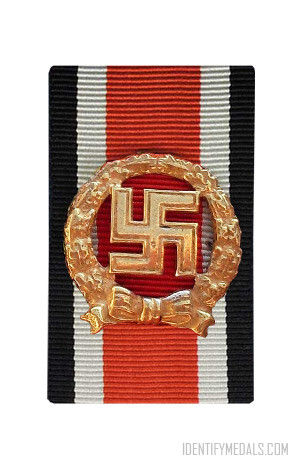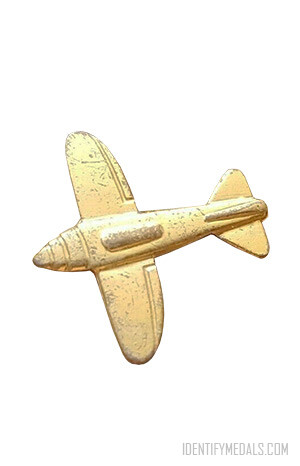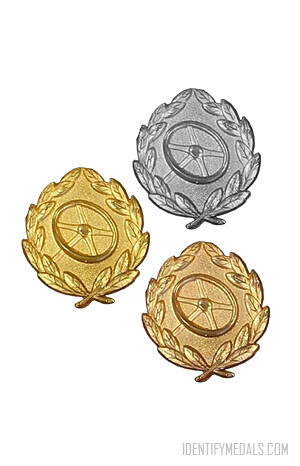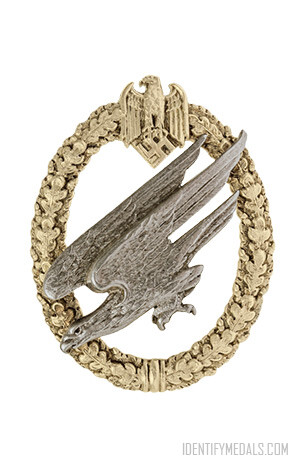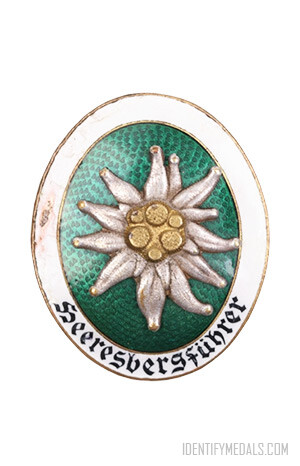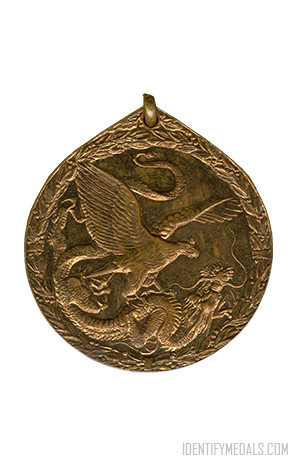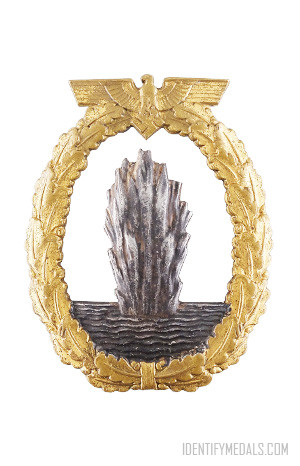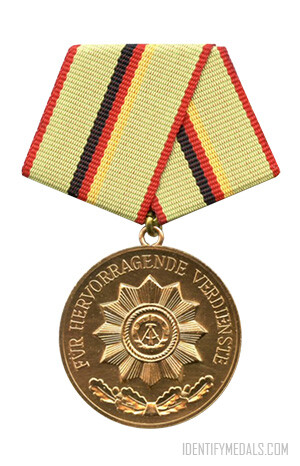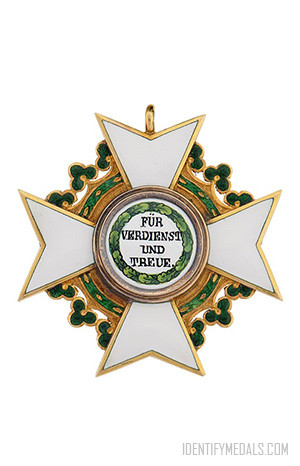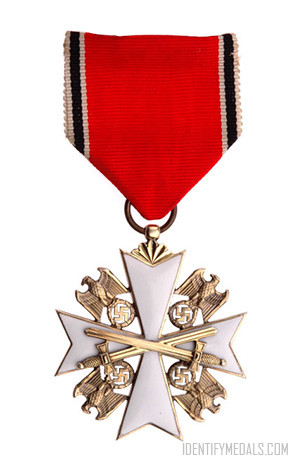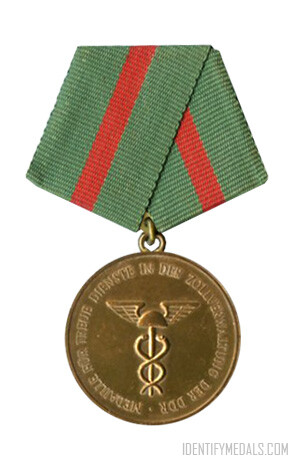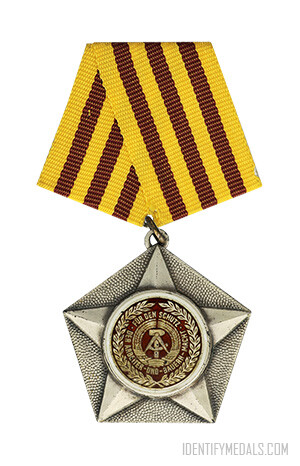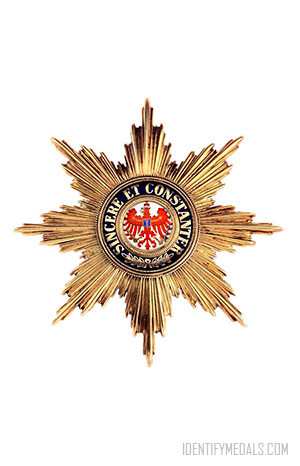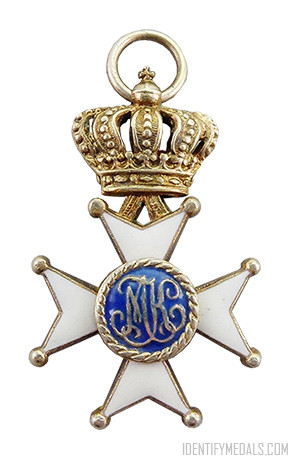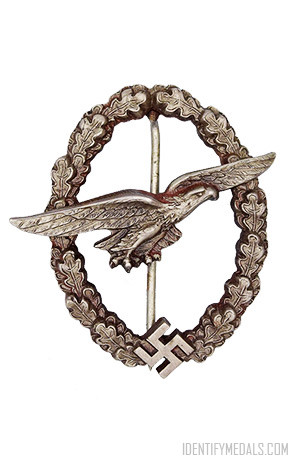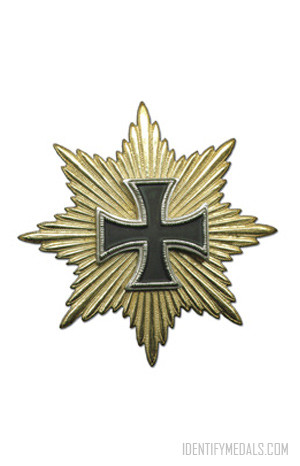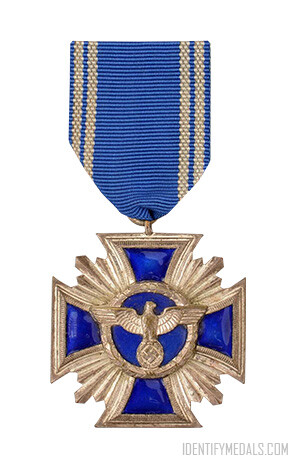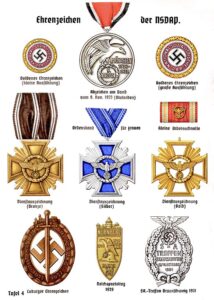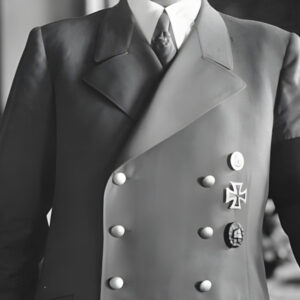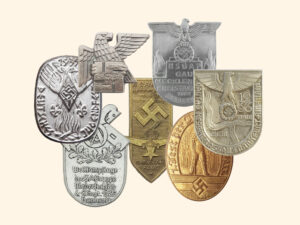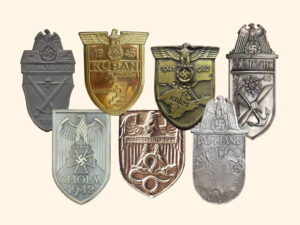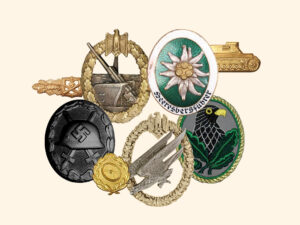- Time Period: Nazi Germany (World War II)
- Institution: July 1941
- Country: Germany
The Honor Roll Clasp (or Ehrenblattspange in German) was a World War II German military decoration issued in July 1941 after the German invasion of the Soviet Union.
The Honor Roll existed in three different versions: One for the Army (Heer), one for the Air Force (Luftwaffe), and one for the Navy (Kriegsmarine) – all of which also have de-nazified versions.
To be eligible for the clasp, across all three services, a recipient must have:
- Previously received the Iron Cross in both the first and second classes;
- Demonstrated further distinction in combat subsequent to being awarded the Iron Cross in both classes; and
- Been listed in the Honor Roll of the German Army.
The Honor Roll of the German Army (or Ehrenblatt des Deutschen Heeres) was initially released in July 1941 and documented the names of soldiers who had displayed extraordinary valor in combat. It was originally published in the Army Ordinance Gazette (Heeres-Verordnungsblatt).
The Honor Roll Clasp of the Army Design
The clasp was crafted from gilt metal and features a wreath measuring 24.5 mm in diameter, composed of six clusters of oak leaves on either side. At its widest point, the wreath measures 5 mm in width, narrowing to a point at the apex where two oak leaves met tip-to-tip. The badge’s height from base to tip is 26 mm. The reverse of all clasps has four pins for attachment.
The Honor Roll Clasp of the Army / Heer shows a large swastika superimposed (soldered) on the wreath.
More Army/Waffen-SS War Badges
The Army/Waffen-SS war badges were military decorations awarded by Nazi Germany to members of the Army (Heer) and the Waffen-SS. Explore the complete collection below:

